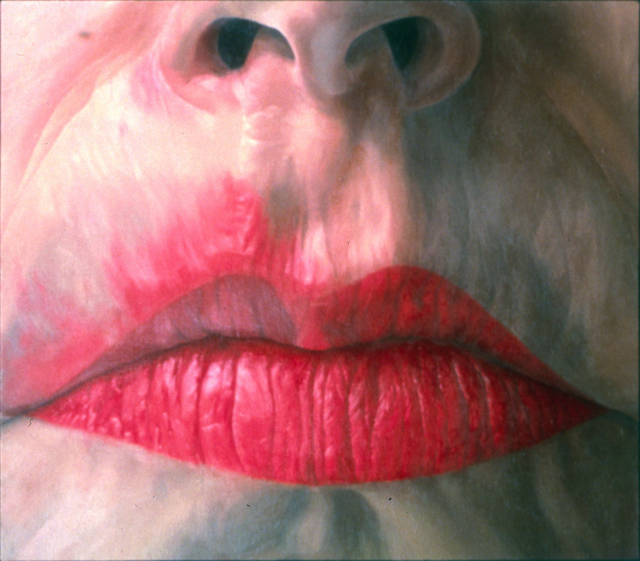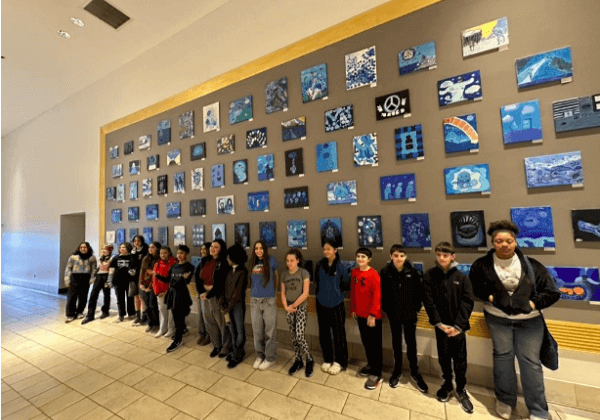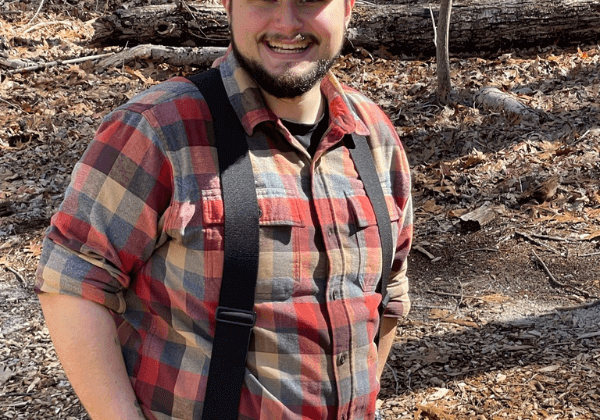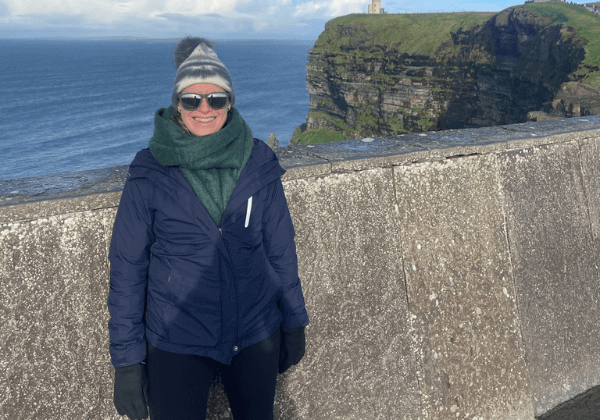Studio Practices: Notice What You Notice

In 2011, I sat in awe at a painting lecture by the great Catherine Murphy as she proudly bellowed “What’s the story and how you ‘gonna tell it?’” Catherine Murphy, a legendary representational painter who stands steadfast in her commitment to painting and observing daily life, is a bold and exemplary example of an artist who notices what they notice.
The essence of what Catherine Murphy was getting at with her remark to the students that day was essentially to ask, ‘‘Who are you?’’ and how will you show that in your painting. So many artists have a difficult time finding their subject and their personal identity within their work. Whether abstract or representational, finding out how to voice one’s interests is difficult, and can even be paralyzing.
When I teach students of all age groups I echo this idea of ‘‘noticing what I notice’’ daily. There is no secret formula in making great art work; there is not one method better than others. But if you look at those making relevant, bold and cutting edge work, they are asking this question of attention often.
Studio prompts may include:
* What do I draw or note often?
* Why does this matter?
* What are the reoccurring themes, forms, colors?
* How best can I tell this story?
* What medium to use?
* How can my composition, color and form reflect my observations?
To “notice what you notice” means taking notes, drawing, creating lists and figuring out why you continue to go back to certain things. I have hundreds of books and notes built up over the years so that I can remember what stood out and why it stood out. When I’m in the studio to make my work, it is then my job to synthesize these observations the best way that I can.
These questions will not simply reduce down to one answer or an easy solution. They will, however lead a committed artist to a more resolute and confident language for investigation. This then, I assert leads to better work. One that, if done in combination with talent, work ethic and a unique lens may just stand the test of time.
Attention economy is a phrase used often in advertising and marketing – and for good reason. We live in a world where we are pushed towards dozens of different possibilities and distractions daily. This can be the largest barrier we face as artists and as people. At the end of the day, our mindset and work are the culmination of where our attention goes most often.
Noticing what I notice is the corner stone of my practice as an artist but also a huge part of my ethos as a person. This mantra pushes my work forward by continually prompting my curiosity as an artist and it anchors me in a world that begs me not to be present.



